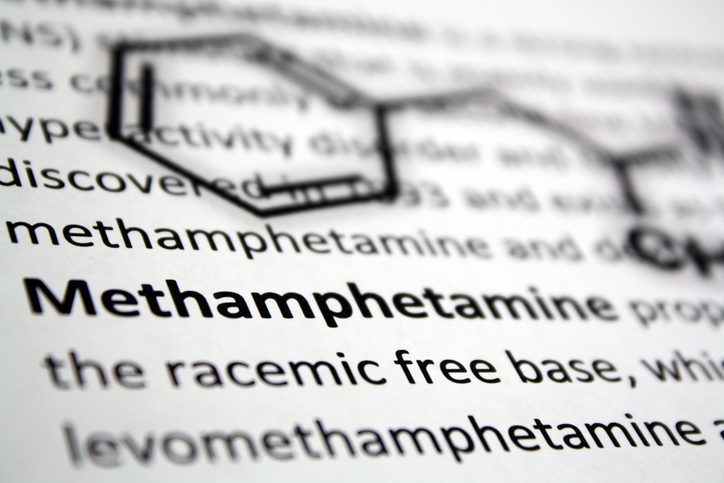As long as our Cameron and North Charleston locations have operated, we’ve seen individuals seek help for a methamphetamine (meth) addiction in our residential treatment program. Unfortunately, the state of South Carolina, along with the western region of North Carolina, has had a documented problem with the manufacturing, sale, and consumption of meth that goes back to the 90s. Historically, meth addiction has mainly affected white residents in rural areas of each state, with pockets of consumption appearing in urban areas with an active nightlife scene.
In 2005, it was clear that meth labs in the region were successfully producing the substance in two ways: the red phosphorus method and the ammonia method. Each method relies on variations of chemical mixtures and components. Under all circumstances, working with these chemicals to produce meth is dangerous—with fires, explosions, and corrosive chemicals constantly coming into play.
In 2021, meth was still a clear issue, with meth mixed with heroin or fentanyl becoming one of the leading causes of drug-related deaths in the Carolinas. Meth addiction in this region has become known as a “quiet epidemic” for the lack of publicity surrounding it. Unfortunately, because of the lack of awareness, families battling a meth problem encounter greater treatment obstacles than they would if their addiction involved heroin or fentanyl.
What Is Meth, and What Are The Signs of Meth Addiction?
Meth is a man-made stimulant that primarily affects the central nervous system, making people feel euphoria, pleasure, and more of an inclination to talk and move. It also decreases appetite in many users. Originally synthesized in the late 1800s, the drug was intended to treat obesity, asthma, and narcolepsy. Nowadays, one form of meth is regulated by the FDA and prescribed for attention deficit hyperactivity disorder (ADHD).
Meth is white, odorless, often tastes bitter, and appears like a crystalized powder. Users typically consume meth in one of three ways:
- Low-intensity usage: this involves swallowing or snorting the drug for the specific purposes of weight loss, working long hours, or enhancing physical performance in sports or other movement-based activities.
- Binge usage: this entails smoking or injecting meth into the bloodstream with a needle, producing a euphoric high that can become overwhelmingly addictive in a short time.
- High-intensity usage: this is characterized by constant meth binging or a combination of binge and low-intensity consumption, in order to remain high.
Crystal meth, another form of meth, is shiny, bluish, and has a rock-like form. It’s also frequently abused in a binge-like manner, with most users smoking the substance out of a glass pipe that looks similar to a crack pipe. Addiction to meth in its different forms can manifest in any of the above patterns, but signs of a substance use disorder (SUD) remain uniform across nuanced users. Long-term effects look like the following:
- Anxiety and panic
- Violence
- Paranoia, hallucinations, and delusions
- Insomnia, confusion, and mood swings
- Weight loss, tooth decay, and sores on the body
- Memory loss, concentration difficulties, and decreased mental ability and general muscle control
If you’re witnessing your loved one display these effects, don’t panic. Many of these ailments are largely reversible with proper treatment. Don’t wait to intervene in your friend or family member’s situation: there’s still time and hope for recovery.
Beat The Silent Meth Epidemic with Waypoint Recovery Center
Here in South Carolina, we don’t downplay or deny that meth is a problem. We see all of our patients as equally deserving of tailored treatment and recognition. We also understand that there are atypical cases of meth abuse, with folks who do not identify with the rural or white communities who also need support and medical attention for a meth use disorder. If you or someone you love is struggling with this destructive substance, contact us today for more information. Our Cameron and North Charleston facilities are ready and equipped to receive you now!





